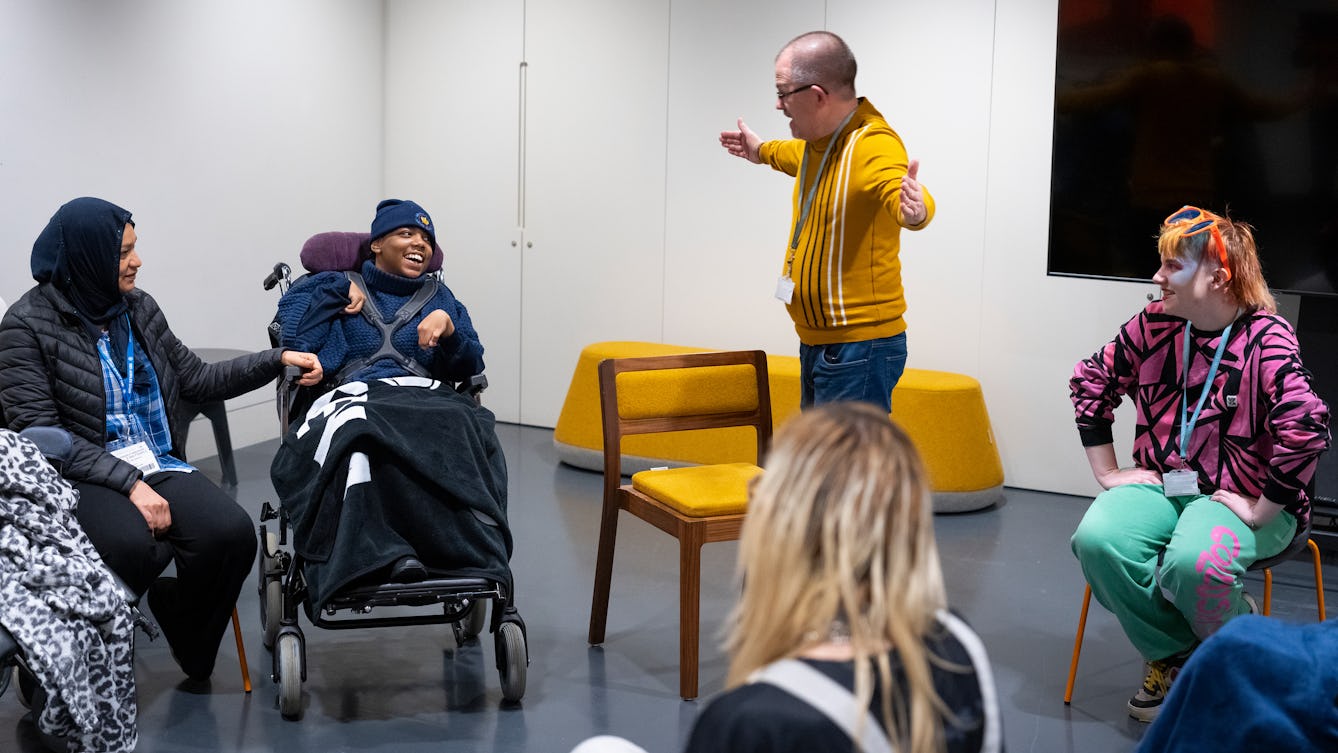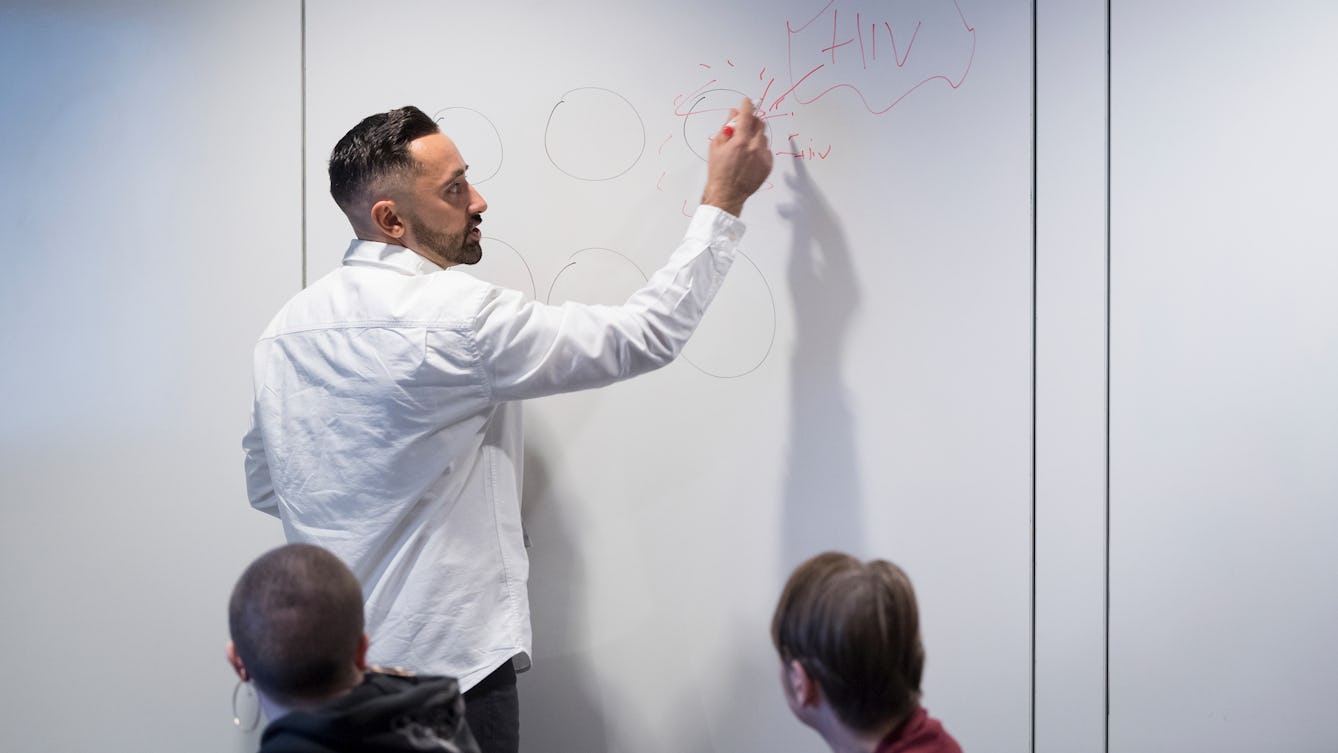Stories

- Article
The stuck tampon
Dorothée King was on holiday when she experienced the awkward, uncomfortable and panicky situation all tampon users dread.

- Photo story
‘Yes I am’ – voices of autistic women from minoritised communities
Rosie Barnes showcases the powerful voices of autistic women from minoritised communities as they talk about the specific and complex challenges they face.

- Article
A creative collaboration with compulsion
Discover how artist Liz Atkin has channelled the compulsion to pick her skin into an imaginative outlet for her feelings.

- Comic
My backstory
A more vulnerable exposé on my dermatillomania.
Catalogue
- Archives and manuscripts
- Online
'An Outline'; 'Opening Statement to 1933 only'; 'List of chief scientific writings up to 1940'; 'List of Exhibits'
Date: c.1930s-1940sReference: GC/176/C/1Part of: Twort, Frederick William
- Books
- Online
Ueber den Krebs der Nasenhöhle ... / vorgelegt von Hermann Wolter.
Wolter, Hermann (Wilhelm Victor Hermann), 1868-Date: 1900- E-books
- Online
The danger and mischiefs of popery, set forth by the late Bishop of London, in his fifth pastoral letter
Church of England- Archives and manuscripts
- Online
Draft manuscript notes for a seminar at the Institute de Biologie Moleculaire, Universite Paris
Date: 19 Apr 1977Reference: UGC 198/8/5/8Part of: Papers of Guido Pellegrino Arrigo Pontecorvo, geneticist, Professor of Genetics, University of Glasgow, Scotland- Archives and manuscripts
AHRES Programme Final.pdf
Date: 14 Dec 2006


![Breve e sustantiale trattato intorno alle figure anathomiche delli più principali animali terestri, aquatili, et volatili / [Jean Germain].](https://iiif.wellcomecollection.org/image/L0008252/full/282%2C/0/default.jpg)









